The Rise of Honey Jars in Sustainable Packaging Trends and Consumer Preferences
As consumer awareness of environmental issues and sustainability continues to grow, industries are adapting to meet new demands for eco-friendly packaging solutions. One intriguing development within this trend is the rise of honey jars as a preferred packaging choice among eco-conscious customers. According to a recent report by Grand View Research, the global sustainable packaging market is expected to reach USD 1 trillion by 2027, driven by a compound annual growth rate (CAGR) of 5.7%. Honey jars, often made from recyclable materials such as glass or biodegradable plastics, represent not only a commitment to environmental stewardship but also an aesthetic appeal that resonates with consumers. Industry analysts have noted an increase in consumer preference for products packaged in materials that are both sustainable and visually appealing, further reinforcing the popularity of honey jars in the market. This shift not only highlights changing consumer preferences but also emphasizes the vital role that innovative packaging plays in promoting sustainability within the food industry.

The Evolution of Honey Jars in Sustainable Packaging
The evolution of honey jars in sustainable packaging reflects a broader trend towards eco-friendly materials and practices within the food industry. A recent report by Smithers Pira indicates that the sustainable packaging market is projected to reach $440 billion by 2026, driven by consumer demand for environmentally responsible products. As a result, honey producers are increasingly opting for materials such as glass, recycled plastics, and biodegradable options that not only preserve the quality of the honey but also minimize ecological footprints.
Furthermore, data from the Nielsen Global Sustainability Report shows that 73% of millennials are willing to pay more for products packaged sustainably. This statistic has prompted honey brands to innovate, redesigning their jars to be both aesthetic and functional while adhering to sustainability principles. For instance, brands are now focusing on refillable honey jars and using minimalistic designs that reduce waste. Reassessing packaging strategies has allowed honey producers to tap into a growing market of eco-conscious consumers, aligning product offerings with their values and preferences.
Consumer Demand for Eco-Friendly Packaging Solutions
The increasing consumer demand for eco-friendly packaging solutions is driving significant growth in the biodegradable and molded pulp packaging markets. With the molded pulp packaging market projected to surge from $5.78 billion in 2025 to $9.43 billion by 2032, it underscores a shift toward sustainable practices as consumers become more environmentally conscious. This trend reflects a broader movement where biodegradable packaging is expected to reach a market size of USD 178.0 billion by 2033, growing at a CAGR of 5.2%, highlighting a clear preference for sustainable alternatives.
Additionally, the paper packaging market is set to expand rapidly, expected to reach USD 582 billion by 2035. As consumers increasingly recognize the environmental impact of their choices, brands are responding by embracing sustainable packaging solutions. The remarkable growth of these markets indicates that eco-friendly packaging is not just a passing trend but a fundamental shift in consumer preferences, influenced by growing awareness of sustainability issues. This evolution presents an exciting opportunity for businesses to align their packaging strategies with consumer values, ultimately fostering a more sustainable future.
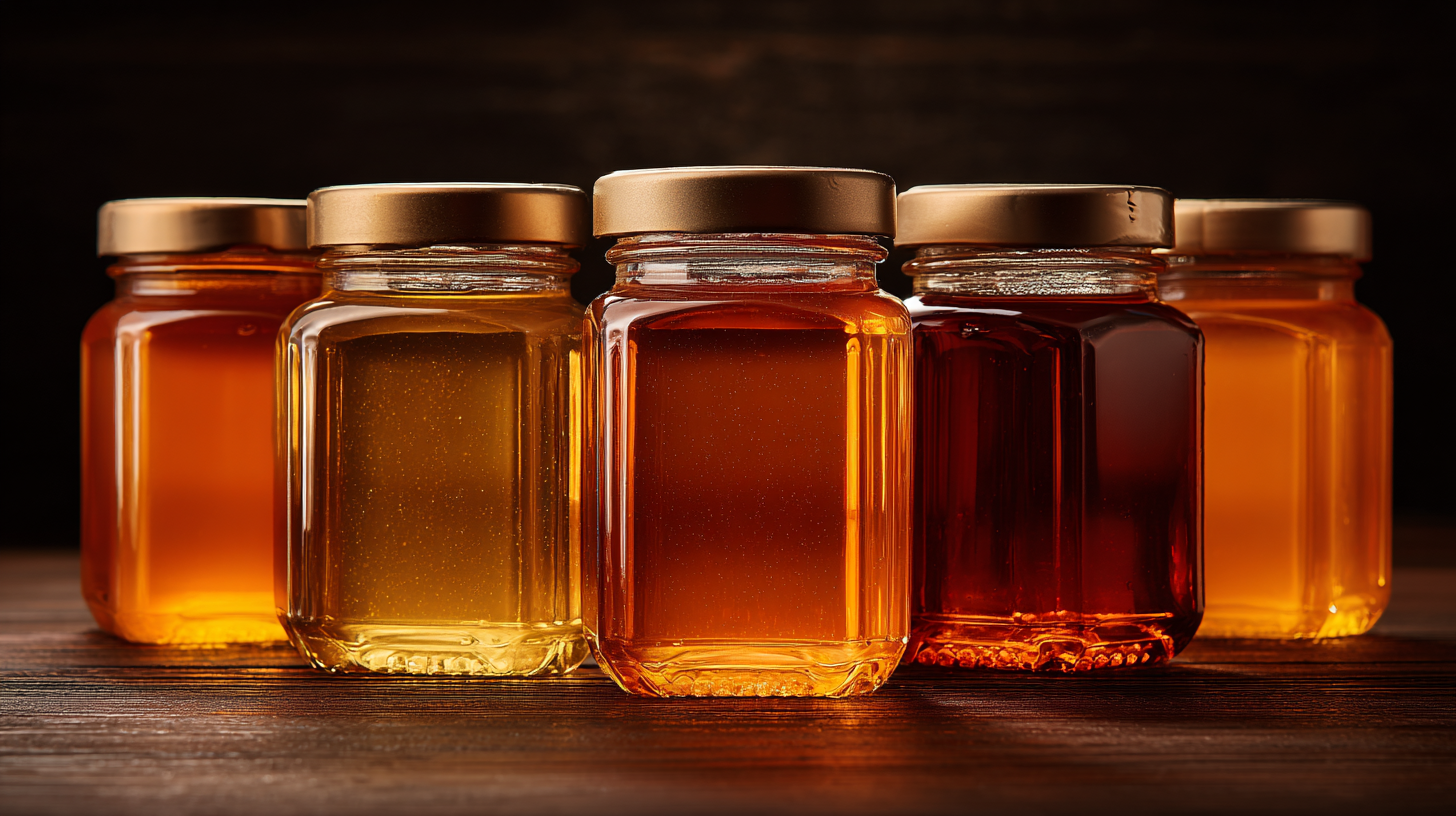
Innovative Materials Used in Sustainable Honey Jar Design
In recent years, the demand for sustainable packaging has surged, and honey jars have emerged as a focal point for innovative material use. Traditionally made from glass or plastic, honey packaging is now seeing a shift towards biodegradable and recyclable alternatives. Materials such as plant-based bioplastics and recycled paper are being utilized, reducing the carbon footprint associated with production. These innovative materials not only minimize environmental impact but also enhance the product's appeal, making it more attractive to eco-conscious consumers.
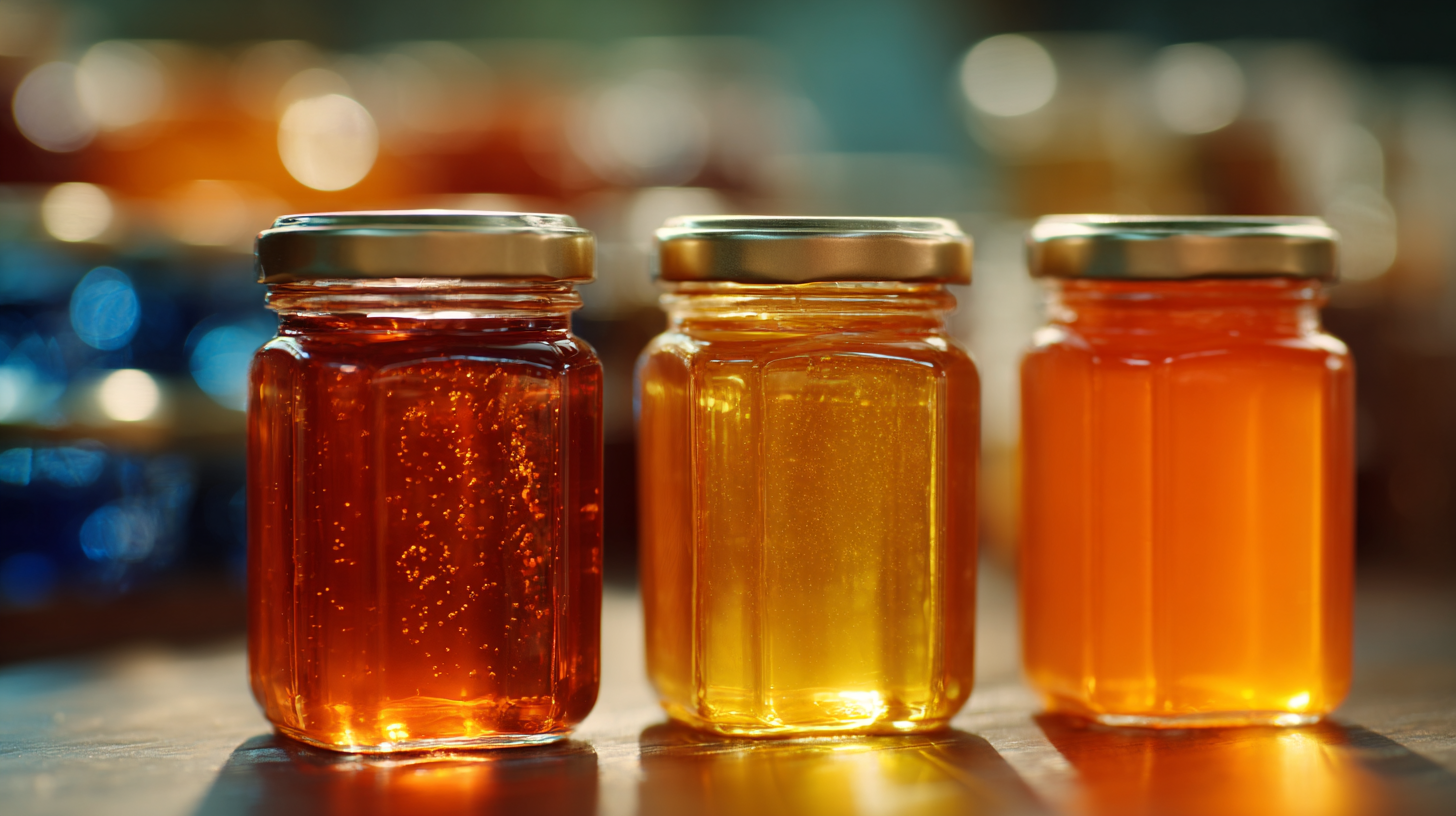
Moreover, the design of honey jars has evolved to complement these sustainable materials. Many manufacturers are embracing minimalistic designs that emphasize the natural characteristics of honey while using materials that are both functional and environmentally friendly. Features like refillable containers and compostable labels are becoming commonplace, catering to the growing consumer preference for sustainable products. As these trends continue to develop, the honey industry is poised to lead the way in packaging innovations that align with modern sustainable practices.
Trends in Consumer Preferences Towards Natural Products
In recent years, consumer preferences have shifted significantly towards natural products, highlighting a growing trend in sustainable packaging and eco-friendly goods. The organic personal care market, which encompasses everything from skin creams to hair products, is projected to experience substantial growth. Estimates suggest that the market size for organic soaps alone will rise from $2.41 billion in 2024 to $4.17 billion by 2032, reflecting a compound annual growth rate (CAGR) of 7.33%. This increase is indicative of a broader consumer shift favoring products that are not only effective but also sustainable and chemical-free.
Additionally, the rise of the honey foods market is emblematic of this trend, with projections indicating growth from $7.28 billion in 2025 to over $10 billion by 2033, at a CAGR of 4.1%. Consumers are increasingly valuing natural ingredients and the health benefits associated with them, leading to a surge in demand for organic and plant-based products. This shift is not limited to food, as the organic herbal medicine market and natural electronic liquids are also expected to expand, demonstrating that consumers are seeking holistic and eco-conscious options across various sectors.
The Rise of Honey Jars in Sustainable Packaging Trends and Consumer Preferences
| Consumer Preference Dimension | Percentage (%) | Description |
|---|---|---|
| Preference for Sustainable Packaging | 68% | Consumers favor brands that use environmentally friendly packaging. |
| Interest in Natural Products | 75% | Consumers show a strong inclination towards products made from natural ingredients. |
| Influence of Brand Values | 60% | Brands' commitment to sustainability significantly impacts purchase decisions. |
| Willingness to Pay More | 55% | Many consumers are open to paying a premium for sustainably packaged goods. |
| Perception of Honey Jars | 80% | Honey jars are viewed positively as eco-friendly and aesthetically pleasing. |
The Impact of Sustainable Packaging on Brand Loyalty
Sustainable packaging trends are increasingly influencing brand loyalty, particularly as consumers become more environmentally conscious. The rise of innovative packaging solutions, like honey jars, reflects a growing preference for materials that minimize environmental impact while maintaining product integrity. Studies indicate that brands utilizing sustainable packaging can cultivate stronger emotional connections with consumers, who often prefer to support companies that align with their values. This shift is particularly noteworthy in markets such as pet food, which is seeing a significant surge as more customers opt for eco-friendly options.
The potential impact of sustainable packaging stretches beyond immediate consumer preferences; it encompasses long-term brand loyalty and market growth. With reports estimating the global fast-moving consumer goods (FMCG) packaging market to reach USD 1.34 trillion by 2032, companies are recognizing the necessity of adapting their packaging strategies to enhance consumer satisfaction. Particularly in the Asia-Pacific region, optimism about growth is on the rise, as brands are expected to capitalize on the increased demand for sustainable options. As such, integrating eco-friendly materials into packaging not only builds brand loyalty but also positions companies for remarkable growth in a competitive marketplace.
Related Posts
-
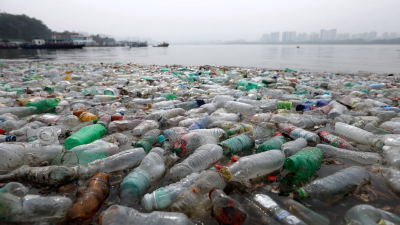
The Untold Secrets Behind Recycling Plastic Bottles for a Sustainable Future
-

The Ultimate Guide to Choosing the Best Plastic Jars with Lids for Every Storage Need
-

Exploring Sustainable Innovations in Container and Packaging Supply for a Greener Future
-
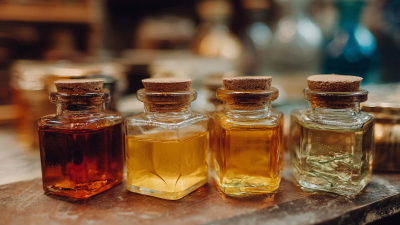
The Amazing Health Benefits of Honey Bottles You Never Knew About
-
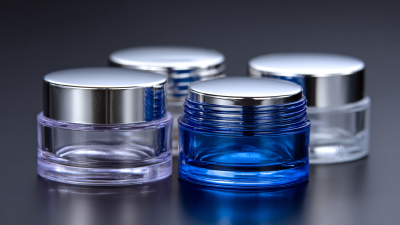
What are the Benefits of Using Eco-Friendly Cosmetic Containers
-
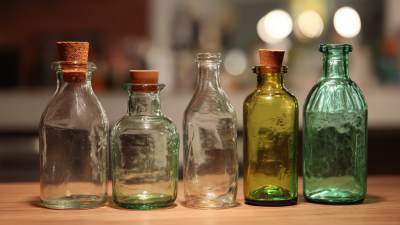
Exploring the Eco-Friendly Benefits of Glass Bottles: A Sustainable Choice for Modern Living
